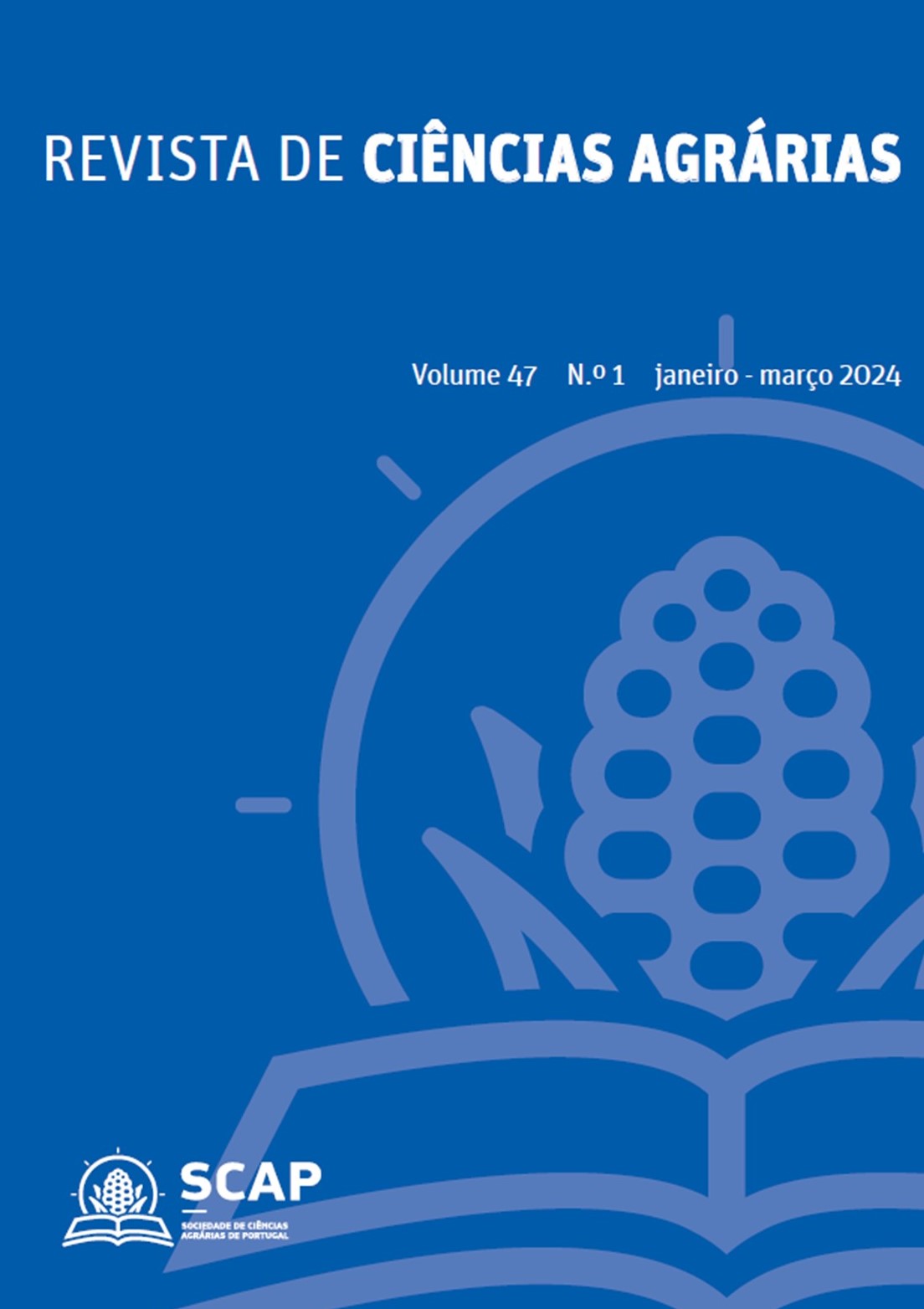Weed resistance to herbicides in Portugal
DOI:
https://doi.org/10.19084/rca.35027Abstract
Thirty years ago, the first case of resistance to herbicides was recorded in Portugal: Alisma plantago-aquatica resistant to bensulfuron-methyl in rice. Since then, herbicide resistance has been developing in many weed species. Changes in cultural practices, new cropping systems combined with the increased use of herbicides led to the selection of weeds that are resistant to a wide range of herbicides. This problem currently affects our main crops - rice, olive groves, vineyards and orchards (citrus and pomegranate), with one case in maize and another in wheat. There are 16 known weed species (4 dicotyledons and 12 monocotyledons) with resistant populations. Resistance has been confirmed to ALS-inhibiting herbicides (Alisma plantago aquatica, Cyperus difformis, Echinochloa crus-galli subsp. hispidula, Echinochloa plyllopogon and Papaver rhoeas), ACCase inhibitors (E. phyllopogon and Leptochloa fusca subp. fascicularis), PSII inhibitors (Chenopodium album and C. difformis), the herbicide glyphosate, an inhibitor of the EPSPS enzyme (Conyza bonariensis, C. canadensis, Echinochloa crus-galli, Lolium perenne and L. rigidum) and synthetic auxins (Papaver rhoeas). The diversity of physiological and biochemical mechanisms responsible for resistance includes enzyme insensitivity (TSR-Target site resistance), metabolic resistance (NTSR-Non target site resistance) and multiple resistance. This comunication summarises the situation of resistance to herbicides at national level from the perspective of strategies for weed management, taking into account the mechanism of resistance, the availability of alternative herbicides and other cultural practices.


